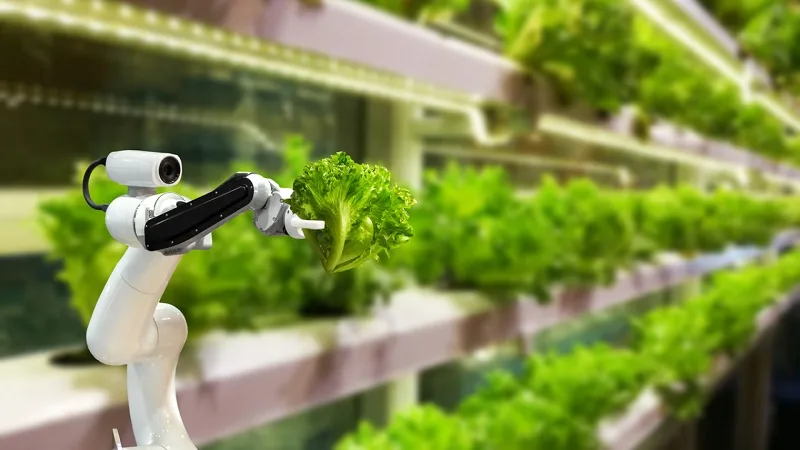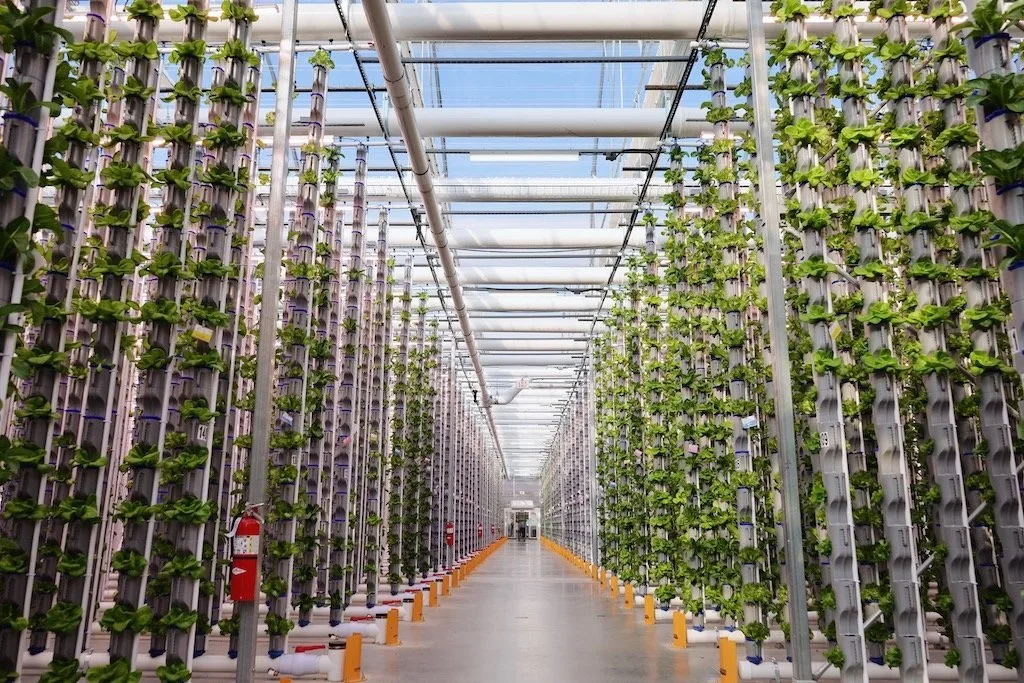The Future of Agriculture: Vertical Farming Technology

Vertical farming is a groundbreaking agricultural method that involves growing crops in vertically stacked layers, often integrated into other structures like skyscrapers, used warehouses, or shipping containers. This innovative approach to farming aims to address the limitations of traditional agriculture by maximizing space efficiency and minimizing environmental impact. The concept of vertical farming was first popularized by Dr. Dickson Despommier, a professor of Public Health at Columbia University, in the early 2000s. His vision was to create urban farms that could provide fresh, local produce year-round, reducing the need for long-distance transportation and the associated carbon footprint. The technology behind vertical farming has since evolved, incorporating advancements in hydroponics, aeroponics, and artificial lighting to optimize plant growth and yield.
The Origins of Vertical Farming
The main essence of vertical farming lies in its ability to produce more food per square meter compared to traditional farming methods. By stacking multiple layers of crops, vertical farms can utilize urban spaces that would otherwise go unused, such as rooftops and abandoned buildings. This method also significantly reduces the use of water and pesticides, as controlled indoor environments allow for precise management of resources and protection from pests. Hydroponic and aeroponic systems, which use nutrient-rich water and mist to nourish plants, respectively, are key components of vertical farming. These systems require up to 90% less water than conventional soil-based agriculture, making them an attractive solution for regions facing water scarcity.
The Essence of Vertical Farming
Vertical farming is already being utilized in various parts of the world, showcasing its versatility and potential. In Japan, the city of Tokyo hosts several vertical farms that supply fresh produce to local supermarkets and restaurants. These farms have proven especially valuable in urban areas with limited arable land. In the United States, companies like AeroFarms and Plenty are leading the charge in commercial vertical farming, producing leafy greens and herbs in large-scale indoor farms. Similarly, in Europe, vertical farms are emerging in cities like London and Berlin, where they are integrated into urban planning initiatives to enhance food security and sustainability.
Current Applications of Vertical Farming
One of the primary problems vertical farming aims to solve is the inefficiency and environmental impact of traditional agriculture. Conventional farming often requires large swathes of land, significant water resources, and extensive use of chemical fertilizers and pesticides, all of which contribute to environmental degradation. Vertical farming addresses these issues by utilizing space more efficiently and reducing the need for harmful chemicals. Furthermore, vertical farms can be located closer to urban centers, cutting down on transportation costs and emissions associated with long-distance food distribution.
Addressing Agricultural Challenges
Vertical farming also tackles the challenge of food security, particularly in densely populated urban areas. As the global population continues to grow, the demand for food increases, putting pressure on existing agricultural systems. Vertical farms can produce food year-round, irrespective of weather conditions, ensuring a steady supply of fresh produce. This resilience to climate variability is crucial in mitigating the risks posed by climate change, which can disrupt traditional farming practices and lead to food shortages.

Coping with Food Security Issues
The promise of vertical farming in the future is substantial, driven by ongoing advancements in technology and increasing awareness of sustainable practices. Innovations in LED lighting, for example, have made it possible to provide plants with the specific light wavelengths they need for optimal growth, enhancing efficiency and reducing energy consumption. Additionally, the integration of artificial intelligence and automation in vertical farms is streamlining operations, from planting to harvesting, making the process more cost-effective and scalable.
The Future Prospects of Vertical Farming
As urbanization continues to rise, vertical farming is poised to become a critical component of sustainable city planning. The ability to grow food locally, using fewer resources, will not only contribute to urban food security but also promote a more sustainable and resilient agricultural system globally. While there are still challenges to overcome, such as high initial costs and energy requirements, the long-term benefits of vertical farming make it a promising solution for the future of agriculture.
